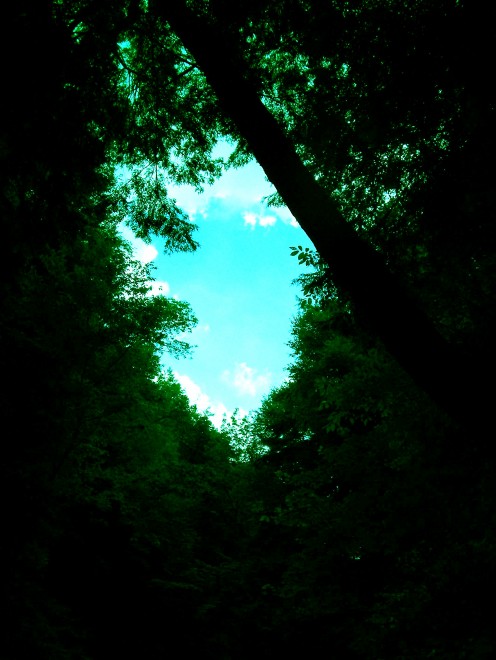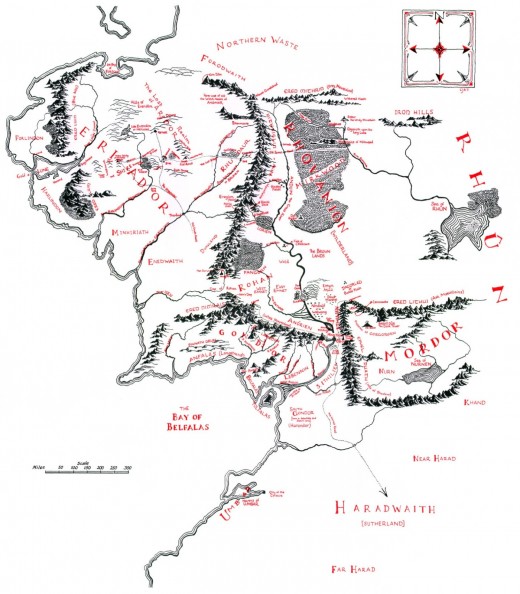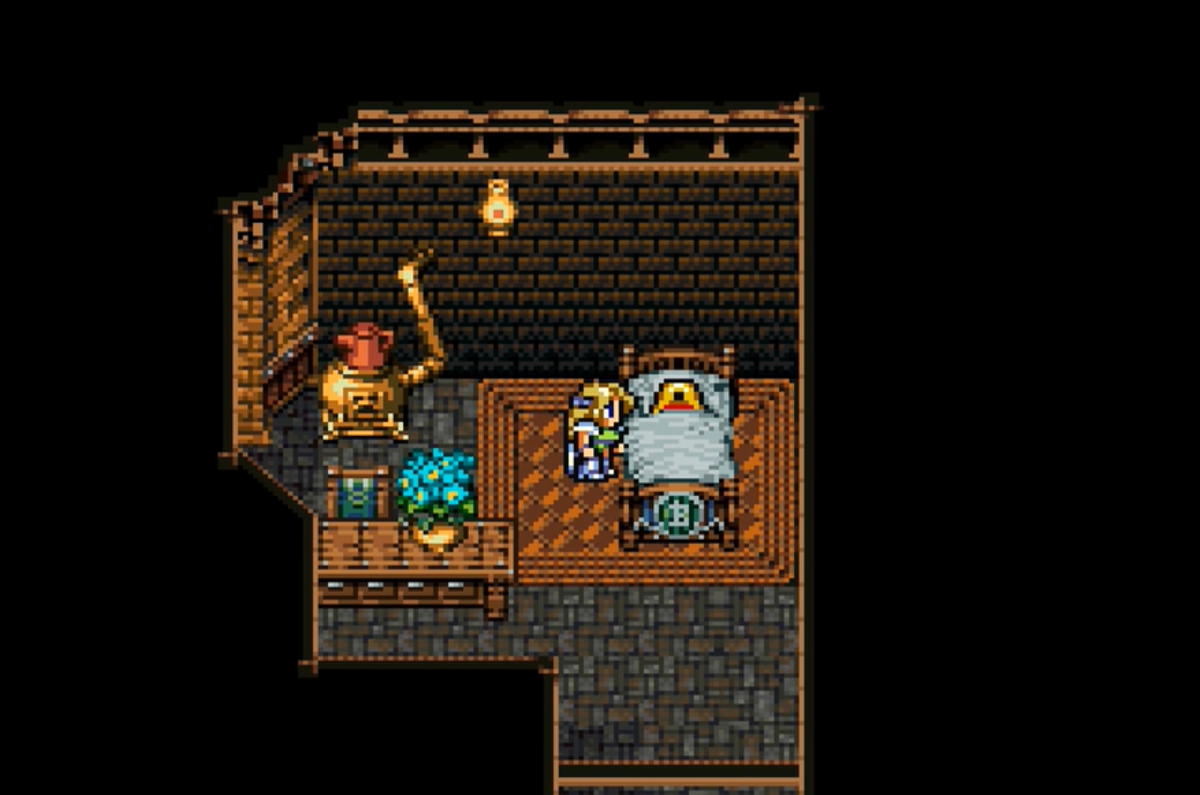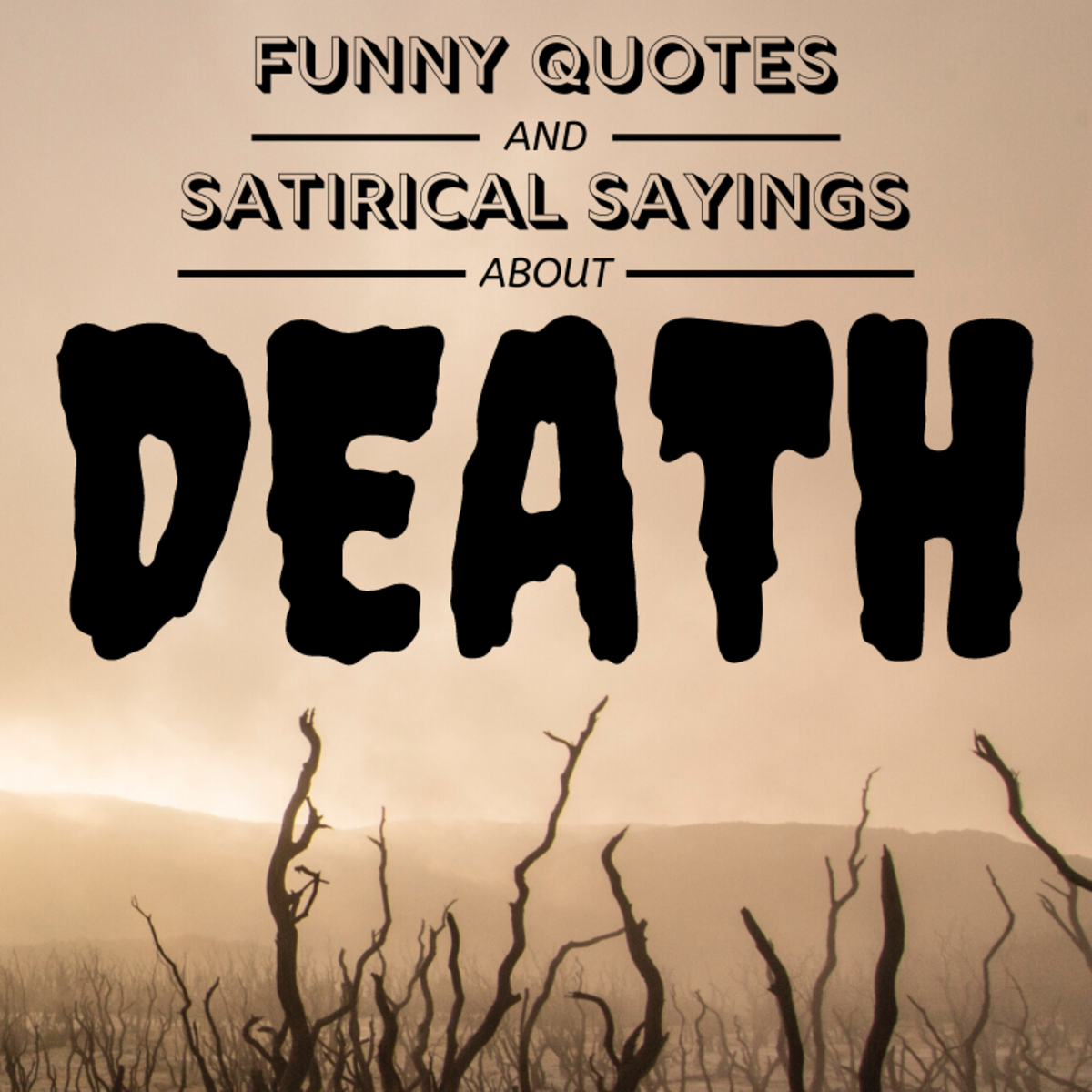Footprints in the Ether (And World Building I)

The Beginning
I am not a published writer. I am not a highly acclaimed writer. In fact, I doubt I've been 'acclaimed' at all in my life. I don't profess to know everything, and neither have I spent the last thirty years researching my field.
All I can offer you, is what I've learned through my experiences of writing and reading fantasy fiction thus far. I can offer you what I am learning now. I have a grand total of twenty-two years of life under my belt. I've spent over half of those twenty-two years learning and developing myself for the ultimate, fragile goal of becoming a writer.
My writing is, as all writing is, imperfect. I'm of the opinion that the moment you believe your writing is perfect, your career, or potential career, is over. Writing is a constant learning experience. As you learn more about yourself in life, you will learn more about your topics, your characters and your genres. As your writing comes under fire from others, you learn the weaknesses and complications of it. Most of all, the constant state of imperfection can be painful. In fact, knock off the 'can be'. It is, and always will be, painful.
It is a rare writer who hasn't cried over their writing. Some in frustration, some in anger, some in hurt. If we write at our best, we write from the heart. No one can teach you how to best convey the worlds you walk through to the world. That is perhaps the most painful part. There are recommendations from the respected veterans of the literary world. There are workshops, and friends, and those who see potential. But in the end, all that can be told to you, is how other people did it. How they would do it. How they'd like to see you do it.
But how do you get to this mystical place where you're writing the way you should, and have found the best voice, the most fitting style, the least cumbersome way of expressing your creativity? As you can tell, I have never mastered the latter. I doubt I've properly grasped the first two, either.
I think that's part of the pain. You can be in a group of other writers, and you are still alone. Only you know the stories in your mind, and the people who walk through them. Only you see the worlds you uncover in life. Often, they appear in such a fantastic blaze of creation that you can feel like God himself. Worlds pave their way in front of you, like you're not even creating it. As though it chose you to tell its story.
And what a heavy burden, when you come to love this place and these people like they're real. They are real, to you. They have to be. How else would you believe them? How else would you delve into their minds and excavate their truths and intricacies?
I don't aim, in this blog, to tell anyone how to do anything. What I am to do, is explain how I did it. My strengths are in creation and visual construction. My tutor once described my process as creating a painting, as opposed to creating a plot. This is a problem for me. A weakness. But it also highlighted a strength. So, whilst I am happy to share the areas of my weakness, I am happier to share the areas of my strengths. You won't find any revolutionary ideas here, or brand new, shiny methods that'll suddenly make it all, all right.
I can't take away the pain of being a writer. But I can show you my way of funnelling it into something beautiful.
A thousand thanks to anyone reading my ramblings - I can't take away the pain of reading this, either! But a genuine thanks.
On to the drawing board...
- Lu

World Creation I
So. You've got this idea. Any idea. A huge one, a tiny one, one that sort of lingers between big and small. My current project started out as a very flimsy concept. All it was, was a dress. A battlegown, to be precise. Where do you start?
Most advice will say, "Draw a map".
This is all well and good, if your initial idea is about a world and not a tiny fragment of it. There are other ways of pre-developing your world. I'll go through my thoughts on each as we go. The subheadings below are some of the different ideas that can spark off a fantasy story, and beneath those, some methods for how to get to the world-building process.
The Character
I think this might be the most common root of a good portion of fantasy stories. You met this person (in your head, of course) or you made them some time ago. They just don't seem to fit into anything you already have.
So, you need to make a world that they fit into. Unfortunately, this requires a bit of character creation before you even get to the basics. Don't go crazy - stick with one character and note down any other branches they make into other characters. Obviously they're going to need relationships, but let's not get ahead of ourselves.
There are only a few key questions that you need to answer before you go into too much detail. I think it's best to stave off detail until later, and to let the character progress once the world is established around them. Otherwise, you're relying too much on this character to make the world for you. Remember, you are fitting them into the world, not the other way around.
So, ask:
- Basic questions; what gender is this character? How old are they?
- What does this character want? (Aim for a maximum of three things, with one thing being the most prominent)
- What does this character need? (Aim for a maximum of three things, with one thing being the most prominent)
- What is their predominant character trait?
You should need no more than this to begin creating a fitting world. You should start very simply. Decide the shape of the continent this person comes from. Plant a point on this continent that dictates where they come from. Decide if this is a city, town or village. Camps are also perfectly possible.
Then expand. I find doodling of this kind is best done with a mechanical pencil and a shaky hand. Wobble coastlines and try to make them realistic. For now, just outlines should do nicely.
The Culture
This is probably the easiest of initial ideas to work with. If you begin with a culture, you'll find more ease in developing characters to fit into it, and you'll know what their needs and wants are, if you've thought hard enough on it. The questions to ask in this circumstance are relatively similar to the character concept beginning.
Ask:
- What are the needs of this culture? (Consider food, building materials, technologies and the position you'd like it to take in the rest of the world - eg. weak cultures require power relations to become stable. Don't go too far with this last point. You can develop more or less powerful cultures later.)
- What are the wants of this culture? (Consider luxury items, knowledge, technologies, military assistance, etc.)
- How does this culture function? Is it patriarchal, matriarchal, hierarchical etc.? Is it internally peaceful, are there any civil wars or power struggles? Again, don't go into too much detail. If there is a disturbance in the function of this culture, you can decide what it is once you've reached the point of having an established world.
These are the very basics for any culture. Once you've done this, you're ready to work on cities within it, which will be at the bottom of this post.
The Magic
This starting idea can be quite difficult to work with. This is because of internal logic. Your magic system must make sense (and I will get around to writing about detailed magic systems later), and this requires an understanding of your world's sciences. Magic can be a form of science. It often works best if it is tied in to the underlying facets of the world it belongs to. Bear in mind that science was magic, thousands of years ago. The two are not as separate as one might think, they just require some bending in order to merge effectively.
Ask:
- What level of technology does this world have? Does it differ from nation to nation? If so, is magic simply a perceived notion that one nation has about another's technology?
- What is the magical source? (Consider mana, blood, elements, spirits, potions, science, etc. Try to be original and create something different about this world that generates the power required)
- Who can use magic? Everyone, set cults, set nations?
- What can magic do, and what can it not do? (These rules will become vital to how believable your magic system is - think carefully. Few power sources are truly infinite, and most humanoid races have their physical and spiritual limits. Put them in place.)
Once you have these questions answered, it is usually best to begin building the continent that has the most magical influence or houses the cult or people able to use it.
The Music
It might seem bizarre, but sometimes a piece of music will give you a sense of the world you want to create. It has certainly happened to me before. This is the most difficult aspect to work with, because there are no set ideas in place, just a feeling that comes with the world in general.
Ask:
- What is it about the piece of music that inspires you?
- What feeling does it give you?
- Is there a particular part of the piece that gives you a set idea?
- If the music gives you a visual, how does this world look to you?
You can begin on outlines as soon as you feel you can encapsulate how the world should feel. This is the most personal of initial ideas, as it can't be pegged or influenced by others until you have established how you feel about it.
BUILDING
The easiest part of building the world you intend to use, is doodling continent outlines. Anything goes, provided you can explain why a weirdly shaped continent is weirdly shaped. "I doodled it that way" isn't going to sound too convincing to your readers. If you want a healthy belief in your writing, you must try to find a reason for everything. One error in your internal logic is enough to upset an avid reader. Your readers are making the effort to learn and understand your world. You owe it to them to ensure it makes sense.
I digress.
Once you have outlined the continents, you can begin plotting the points of the cities. Think realistically. Countries with coastlines have port cities. Countries with a healthy trade in forestry/mining/husbandry etc. will have suitably placed cities near the woods/mountains/grass plains. Desert cities will be positioned near a water source. Cities in snowy tundra are more likely to be near the coast, where fish are. In short, don't slap down marks willy-nilly. It needs to make as much sense as the rest of your world, and you set yourself up well for establishing national relations if there are trade possibilities or potential jealousies.
For some people, city placement is enough. It is for me. The only things on my maps are outlines, city placements (marked with big dots), mountain regions, national borders and names. Some people need more detail to be satisfied - rivers, cultural monuments, old battlefields, forests, trade routes, main roads and smaller towns have all been done in the past. It depends just how much you can remember and how big your world is. Much of it is down to personal preference.
I am of the opinion that going into too much detail on things like battlefields and monuments can interrupt the flow later. Too much detail is restricting at this point. You wind up working within the borders you have closed in on yourself, and at this stage you are trying to create a creative platform, not a hemmed in idea. Building walls comes later. This is the floor.
And I think that might be all of my sermonising on the basics of world-building for now. You can breathe a sigh of relief.
- Lu








